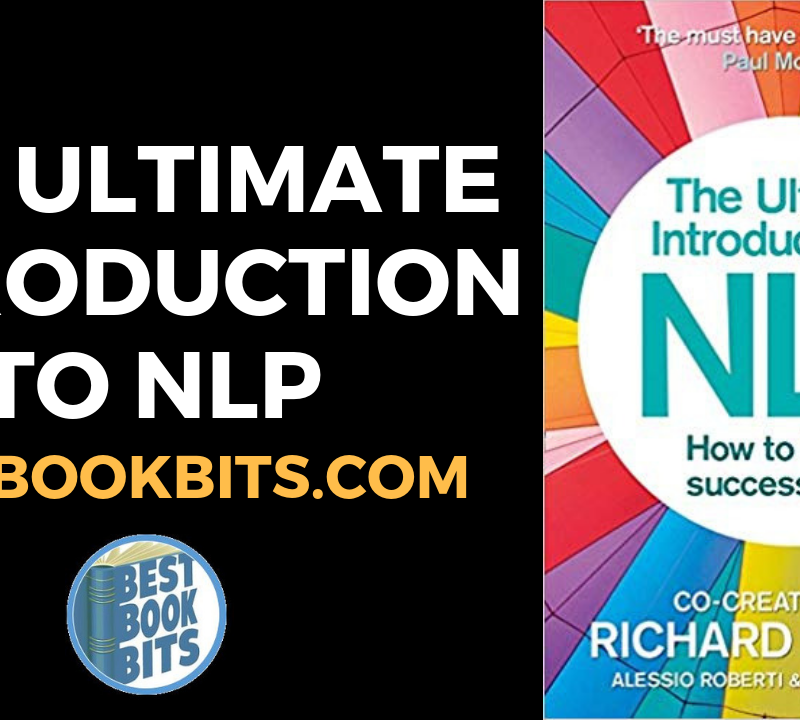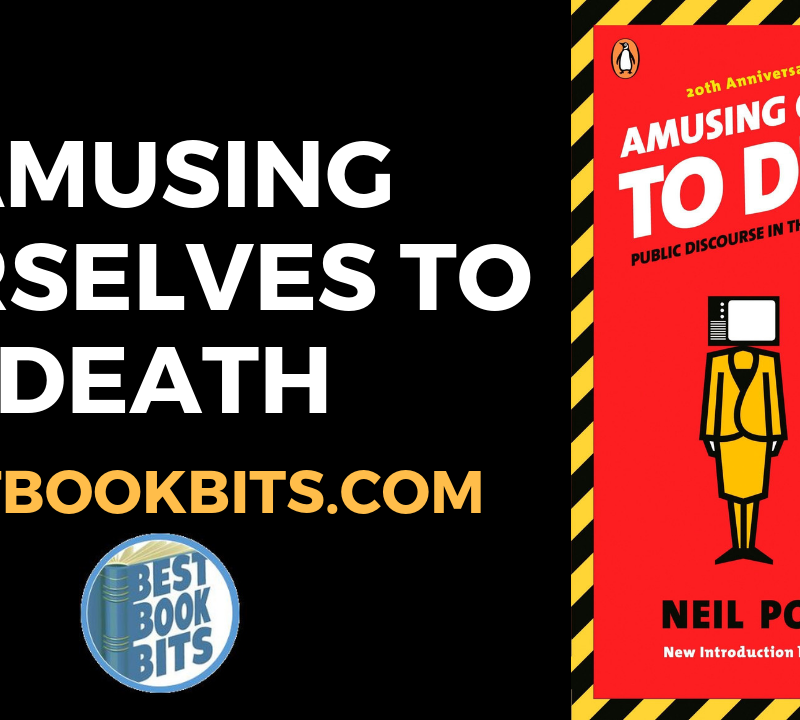JOIN THE ‘BEST BOOK CLUB’ NOW HERE
DOWNLOAD THIS FREE PDF SUMMARY HERE
CHECK OUT THE FOLLOWING Book | 150 PDF Summaries | Course | YouTube | Coaching |Spotify | Instagram | Facebook | Newsletter | Book Club | Website
World Order by Henry Kissinger
In World Order, Henry Kissinger – one of the leading practitioners of world diplomacy and author of On China – makes his monumental investigation into the ‘tectonic plates’ of global history and state relations.
World Order is the summation of Henry Kissinger’s thinking about history, strategy and statecraft. As if taking a perspective from far above the globe, it examines the great tectonic plates of history and the motivations of nations, explaining the attitudes that states and empires have taken to the rest of the world from the formation of Europe to our own times.
Kissinger identifies four great ‘world orders’ in history – the European, Islamic, Chinese and American. Since the end of Charlemagne’s empire, and especially since the Peace of Westphalia in 1648, Europeans have striven for balance in international affairs, first in their own continent and then globally. Islamic states have looked to their destined expansion over regions populated by unbelievers, a position exemplified today by Iran under the ayatollahs. For over 2000 years the Chinese have seen ‘all under Heaven’ as being tributary to the Chinese Emperor. America views itself as a ‘city on a hill’, a beacon to the world, whose values have universal validity.
How have these attitudes evolved and how have they shaped the histories of their nations, regions, and the rest of the world? What has happened when they have come into contact with each other? How have they balanced legitimacy and power at different times? What is the condition of each in our contemporary world, and how are they shaping relations between states now?
To answer these questions Henry Kissinger draws upon a lifetime’s historical study and unmatched experience as a world statesman. His account is shot through with observations about how historical change takes place, how some leaders shape their times and others fail to do so, and how far states can stray from the ideas which define them. World Order is a masterpiece of narrative, analysis and portraits of great historical actors that only Henry Kissinger could have written.
JOIN THE ‘BEST BOOK CLUB’ NOW HERE
DOWNLOAD THIS FREE PDF SUMMARY HERE
CHECK OUT THE FOLLOWING Book | 150 PDF Summaries | Course | YouTube | Coaching |Spotify | Instagram | Facebook | Newsletter | Book Club | Website
Big Idea #1: A world order is a set of ideas about how the world should be, and a roadmap for any country’s foreign policy.
Do you ever hear discussions about historical conflicts like the Cold War or current events like the many crises in the Middle East and wonder which circumstances actually caused them? Well, a key starting point for most such conflicts is world order.
World order refers to the way a civilization or region thinks about and believes in how things should be run. They hold values and beliefs that are shared by many people, such as who has power in a society, what is the best form of government, etc.
Take European countries for example. They all agree that governments should be chosen through free, democratic elections. However, they believe this not just for their own country but also around the world. In other words, they desire a global order of democracy.
We can also determine the foreign policy platform of a nation by looking at its ideal world order. The specific agenda of any given nation is applied through foreign policy decisions that advance it, and those policies provide a secure foundation for strategic planning and long-term goals.
For instance, Prince Klemens von Metternich was a talented strategist who believed that in order to maintain stable international relations, you had to acknowledge the true interests of all actors and not just your own nation.
Big Idea #2: The balance of power can be essential to maintaining world order.
After World War II, the capitalist-run West and the communist Soviet Union began competing for control of global politics. This rivalry is known as the Cold War. It lasted decades, keeping citizens in constant suspense over which side would win.
During the Cold War, there was a lot of tension between the United States and the Soviet Union. However, no actual war broke out between those countries. Why didn’t it get to that point?
Because the two countries were equally matched, they felt threatened by each other. A balance of power can result in a stable political environment.
This might seem surprising, because a balance of power would appear to stop progress. In fact, it does prevent drastic moves as all parties are aware that the others’ strength would quickly resist them. As a result, nobody can gain an advantage and everybody is stuck in place.
However, this situation might actually be desirable because it allows the different actors time to plan and attend to important issues. Therefore, many politicians welcome a balance of power if clear supremacy is not possible. During the Cold War, neither nation could gain any real ground because the other would always keep it in check. Neither side dared to initiate direct military action because the likely retaliation would have been devastating. In fact, the stalemate didn’t cease until the Soviet Union collapsed from within; once that happened, there was no longer a balance of power and humanity dodged a bullet.
The nuclear standoff between the United States and Russia during the Cold War was a terrible period of time. However, it prevented either country from using nukes because they respected each other’s capabilities too much.
Big Idea #3: One of the most influential world orders originated in Europe.
While there has never been a completely global world order, one in particular came very close. It first took shape in Europe when the Peace of Westphalia laid the foundation for a new way of conducting politics.
The Thirty Years’ War was a war between Catholic and Protestant nations that lasted from 1618 to 1648. It started as a dispute but quickly escalated into an endless series of bloody battles that claimed millions of lives.
The diplomats decided that every nation had a right to its own sovereignty, and that other nations were required to respect these rights. They also acknowledged that there was no single truth; thus, they adopted a treaty which recognized the many different beliefs in Europe at the time.
The treaty of Westphalia was the first time that nations agreed to respect each other’s sovereignty. This new system gave rise to a more stable Europe. Smaller conflicts did occur, but none as large and devastating as the Thirty Years’ War.
Because of its success, the central principles of the treaty were often replicated and have remained part of European politics to this day.
But why was the European world order so successful?
Big Idea #4: Flexibility is a key ingredient of the European world order.
So, balancing powers can stabilize world order. But in the case of Europe, another essential component came into play: flexibility. During the Thirty Years’ War, any nation in Europe could ally with any other to defend itself against a powerful country. After the war, European coalitions were flexible and easy to form – as long as they seemed strategically beneficial.
Because of this, no nation was able to dominate the others. If a country tried to do so, all the other European nations would work together in order to defeat them.
Napoleon Bonaparte, Emperor of France in the early 19th century, wanted to conquer all of Europe. However, he was defeated at the Battle of Leipzig by a coalition army from across Europe.
But flexibility in Europe came about as a result of many factors. During the Thirty Years’ War, several nations changed sides, leaving their former allies behind. It was therefore illogical for countries to rely entirely on any one ally, which in turn promoted flexibility. However, this flexible alliance system broke down during the Franco-German War and led to further conflict in Europe.
While new alliances were formed, they tended to be very rigid and inflexible.
So, when the Austro-Hungarian Empire declared war on Serbia after Archduke Franz Ferdinand was assassinated, they triggered a series of events that led to World War I.
Big Idea #5: Germany played an important role in maintaining the European balance of power.
You might be surprised to learn that Europe’s order was made possible by a country most people don’t associate with the stability of Europe: Germany. Until 1871, Germany was not unified but rather a collection of small states and principalities all united by the German language. This arrangement helped maintain European balance because it prevented any one country from becoming too powerful; if they had been united, they would have been too large and populous for their neighbors to tolerate.
On the other hand, smaller German states were also allied. They could quickly mobilize a formidable army in case of an outside threat. As a result, other countries were careful not to provoke Germany. Furthermore, Germany’s location at the heart of Europe helped maintain peace because it allowed instant access to every country in Europe and discouraged most countries from attacking each other or provoking one another by vying for power.
Germany was an essential country in the balance of power, but as soon as it changed, Europe’s entire order was thrown into question.
So, when Germany united in 1871, it set into motion a series of events that would lead to World War I and II. The new country was so powerful that it upset the delicate balance of power on the continent. In fact, given what Europe has been through in the past century or so, it’s amazing that there is any semblance of peace and order at all!
Big Idea #6: When it comes to politics, people and nations are strongly influenced by their origins and history.
We should care about the origins and upbringing of influential leaders, such as US President Barack Obama and German Chancellor Angela Merkel. People’s actions are influenced by their upbringing, so it is important to understand how they came to be who they are. For example, Klemens von Metternich was raised in Germany near France; he went on to become foreign minister of the Austrian Empire. He valued peace because he grew up in a multicultural environment where different nationalities lived together peacefully.
Otto von Bismarck was born into a noble Prussian family. He disagreed with the idea that foreign policy should be used to serve one’s own interests, and he believed that diplomacy is meant only to benefit one’s own country.
However, it’s not just the actions of people that are influenced by history – the same is true of entire countries.
The way a country views itself and its past has a profound impact on how they operate in the present.
Take Russia as an example. It has suffered many invasions over the years, and it happened at times when its military was weak. As a result, Russians are very wary of anyone who tells them to reduce their military forces.
In contrast, Europe has learned the hard way that war is costly. They have therefore worked to resolve conflicts peacefully through diplomacy.
So, every human and every nation is influenced by its past experiences. This is especially true in the Middle East because there are many different civilizations and nationalities that clash with each other.
Big Idea #7: Many of history’s great conflicts are the result of opposing world orders.
It’s obvious that when many nations get together, there is an increased risk of conflict. This could be due to the fact that every world order claims to apply universally and doesn’t acknowledge the existence of other orders. For example, a world order based on orthodox Islam conflicts with most others because it promotes one set of rules for all people.
The Cold War is a great example of two different world orders clashing. The United States and the Soviet Union represented two fundamentally different systems: one free market capitalism, one communism.
As a result, the armed conflicts that took place as offshoots of the Cold War were fought to defend the world order of two major powers. Conflicts would break out in less powerful countries over whether they should join democratic or socialist nations, or change their political leadership.
Many conflicts in the Middle East can be traced back to conflicting world views. The people of the Arab States are different from one another, and their diverse viewpoints have led to many wars over differing interpretations of Islam.
Big Idea #8: World orders based on radical Islam are dangerously incompatible with all others.
As we now know, world orders tend to contain far-reaching concepts with many applications. As a result, it’s often difficult to resolve discrepancies between them.
Specifically, the world is divided into two parts: The House of Islam and the rest of the world. The House of Islam includes all Muslim-led states that follow Islamic law. Extremists believe that these countries should unite under a single leader to form one large country called Dar al-Islam (The House of Islam).
The second type of nations are all remaining states that aren’t Islamic. In other words, they’re not under Islamic rule. Therefore, it’s considered a holy obligation to ensure these states are also ruled by Islam one day. Muslims can use any means necessary to make this happen and therefore those countries are called the realm of war or dar al-harb.
It’s easy to see why these strict dictates and their claim to the entire world would be incompatible with other world orders. But a particular concept of order, Westphalian, is at odds with those based on strict interpretations of the Quran. According to this concept, every nation has a right to make its own decisions as long as they are in line with a basic set of rules and are respectful of state sovereignty. Obviously, this is totally divergent from the crusade to build a global Islamic-ruled state.
For example, the Westphalian concept of sovereignty allows each nation to practice its own religion. This was an important result from the Thirty Years’ War. A world order based on radical Islamic beliefs would find this unacceptable.
Big Idea #9: The United States promotes and instrumentalizes a world order based on the Westphalian balance of power.
Now that you know how the world order works, let’s look at one example of it. In this case, we’ll take a close look at the United States and its role in the world order. First off, for a long time Russia, China and Japan were considered to be three of America’s biggest rivals. To counter these threats, American leaders used a strategy typical of Western-style nations: they worked to pit their enemies against each other.
The goal was to make sure that the US would always be able to defend itself against any attack.
For example, in the early 20th century, when Japan was rising to power, President Theodore Roosevelt sent an armada of 16 ships known as the White Fleet on a world tour. This made many stops in Japan.
The tour’s official motto was to take a “practice cruise around the world,” but it also showed off America’s naval strength. Such a show of force, without any aggression or violence, is representative of European power structures.
The United States did not just take the world’s concepts of order, but also took on those concepts and made a commitment to them. They even viewed themselves as defenders of that world order. The Westphalian concept has been used by the U.S. many times to justify wars and conflicts in other countries around the globe.
The United States has fought many wars to preserve a global balance of power. For example, during World War II, the U.S. fought against Nazi Germany and fascist nations that threatened state sovereignty and wanted to gain more power than they deserved in Europe.
JOIN THE ‘BEST BOOK CLUB’ NOW HERE
DOWNLOAD THIS FREE PDF SUMMARY HERE
CHECK OUT THE FOLLOWING Book | 150 PDF Summaries | Course | YouTube | Coaching |Spotify | Instagram | Facebook | Newsletter | Book Club | Website













